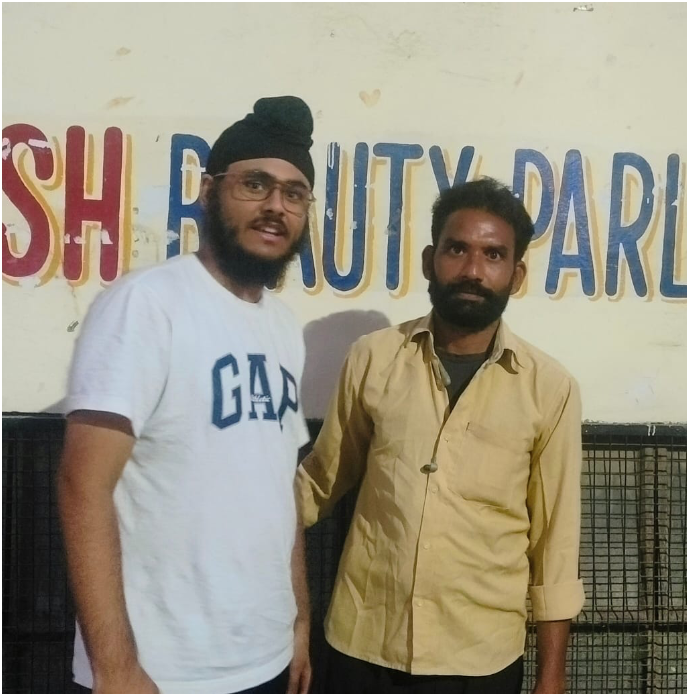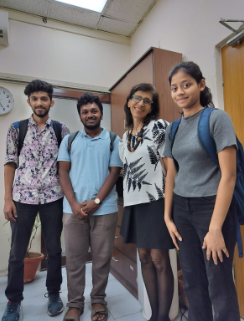Integrated Human Practices
Our vision is to make Angel Roots an off-the-shelf product that will be an exclusive solution for patients undergoing chemotherapy, as well as to promote future research regarding decursin and its effects. For this reason, we consulted with top experts from both the industry and the academy to understand which areas we should focus on in order to reach the full potential of our project.
Our talk with Dr. Eid shaped the way we communicated our project to potential clients. We changed our phrasing and made sure to address them with the required sensitivity when compared to a more scientific background. For future implementation and large-scale manufacturing, we contact “Shamna” company to understand the related regulation and standards, and as a result of the conversation, we identified a need for a model to assess the validity of our biomanufacturing system.
We toured “Pharmaseed” Ltd. which introduced us to the process of clinical screening and offered to perform the screening for us. In addition, we understood we must prioritize the production of the molecule and the research of its molecular mechanism (see efficacy assays).
As we continued consulting with different specialists, we had to let go of planned directions and make compromises accordingly, for instance, our choice to proceed with HPLC for decursin detection and giving up on previous ideas such as NMR and lyophilizer, thus closing the loop between the designed and the desired.
Engagement and Integration

Prof. Preeti Srivastava and Prof. D. Sundar


This section highlights the collaborative efforts between our iGEM team and Professors Preeti and Sundar from IIT Delhi. Their expertise played a crucial role in guiding our project towards a real-world impactful topic through various phases of assessment and evaluation.

Dr ARIF

The team's interaction with Dr. Arif Nissar Zargar focused on the potential of biosurfactants in combating environmental pollution. The team refined their approach to leverage the capabilities of biosurfactants, ensuring their practicality and significant impact on polluted ecosystems.

Reflection 1

PROF. ASHOK PANDEY

This section summarises our discussion with Prof. Ashok Pandey, a toxicology expert, regarding the current methods used for remediation of heavy metal pollution.

Dr.RAJ KISHORE SINGH

This section outlines our discussion with Dr. Raj Kishore Singh from CPCB regarding government initiatives aimed at mitigating industrial heavy metal pollution.

SURVEY
This survey aimed to gauge public awareness of the harmful effects of heavy metal poisoning. The results were telling, indicating that a significant portion of the population remains largely unaware of this critical issue.

Reflection 2:
We collaborated with Prof. Ashok Pandey, a Toxicology expert, to address the increasing cases of heavy metal poisoning in humans. Discussions with the Central Pollution Control Board (CPCB) revealed industry non-compliance with government directives along riverbanks. Recognizing the ineffectiveness of appealing to these industries, we took the initiative to reduce heavy metal concentrations ourselves. Furthermore, a survey we conducted highlighted the public's limited awareness of government norms related to the issue, underscoring our dedication to mitigating the problem.

YAMUNA FISHERMAN
This encapsulates the essence of our discussion with Sunil, a local fisherman near the banks of Yamuna. Our conversation delved into the state of fish in the river and the adverse impact of water quality on both fish and human health.

YAMUNA LOCAL

We engaged in conversations with local residents near the Yamuna riverbank to understand their observations regarding the deteriorating water quality in recent years. Additionally, we inquired about any government measures taken to address this concern.

Reflection 3:

Our discussions with local residents, who rely on the river and its fish for their livelihood, brought to light their growing concerns. They've noticed an alarming increase in deformities and unattractive appearances of fish from the Yamuna River, which they use for daily needs without adequate purification, intensifying the impact of heavy metal poisoning. However, there's a significant lack of awareness among the locals regarding the role of heavy metals in this issue. To address this, our Education and Outreach and Human Practices teams are dedicated to raising awareness among citizens.

DR. POOJA SINGH

In our meet with Prof. Pooja Singh, an active contributor towards the biosurfactant research, we got important insights about properties of biosurfactants and how we can tinker with it to optimise the media.

Reflection 4
To understand the working of biosurfactants, we had a meet with Prof. Pooja Singh to gain deeper insights into the properties and working of biosurfactants. It helped us in designing the experiments to be performed for testing the efficacy of the biosurfactants we would produce.

Prof. Marcia

The meet with Prof. Marcia made us understand the hardships small industries face in strictly following the government norms and directives.

PROF. T.R. SREEKRISHNAN
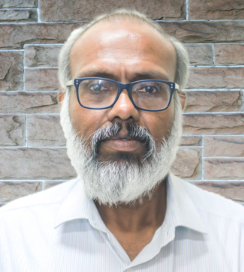
Our dialogue with Prof. T. R. Sreekrishnan focussed on the implementation of GMOs in the context of Heavy Metal and oil pollution in river bodies.
PROF. MNV PRASAD
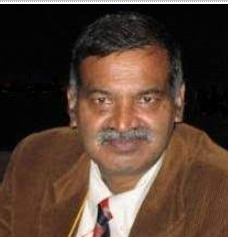
This section summarises our meeting with Prof. M.N.V. Prasad, where we discussed data collection for assessing heavy metal contamination and sustainable biosurfactant production.

Reflection 5:
Our discussions with Prof. Marcia, Prof. T. R. Sreekrishnan and Prof. MNV Prasad has played a crucial role in shaping our experiments in the sector of sustainability, inclusivity and biosafety. In line with our deep dedication to sustainability, we've adopted responsible and eco-friendly production practices for the substances used in bioremediation. This ensures that our project not only tackles environmental issues but also reflects our sincere concern for the well-being of our planet and all those who call it home.

PROF. VIDYA PRABHAKAR
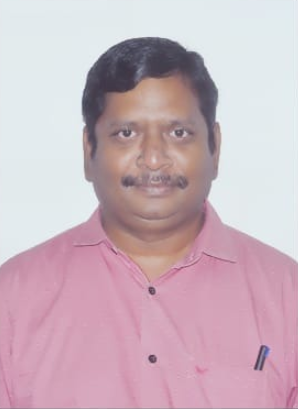
This houses our interaction with Dr. Vidya Prabhakr which was focussed on sustainable production of biosurfactants and how to be within the government’s safety regulations.

Prof. Veena Kumar Adi

Our interaction with Prof. Veena aimed to explore the possibilities of introducing a bi-directional tunable promoter and to learn about its execution in the wet lab.
PROF. K.J. MUKHERJEE

We organised an interaction with Prof. K.J. Mukherjee of IIT Delhi, a specialist in Bioprocess Optimisation and Design, to help us in realising the right methods for the production of our biosurfactants.

PROF. SHAIKH ZIA AHAMMED

We consulted Prof. Shaikh Zia Ahammed, an expert on bioprocess engineering and faculty at IIT Delhi, to know of some pitfalls that our solution might encounter in its production stage.

C. Sivapathasekaran

Our interaction with Mr Sivapathasekaran was an excursion made to get insights into the bioprocess considerations in producing biosurfactants and optimising methods of production. Mr Sivapathasekaran is a staff scientist at Cytiva.

WTP:
Through this interaction, we aimed to learn about the regulatory authorities and the potential environmental impacts of our project. The issues of both the concerned authorities and the general public were recorded to that end.

Reflection 8
We collaborated with experts Prof. K. J. Mukharjee, Prof. Zia, and C. Sivapathashekharan to design an efficient bioprocess model for biosurfactant production. Their insights were crucial in shaping our approach and optimizing the production process. We also had meetups with some Waste Treatment Plants to discuss the implementation of our project’s output into their system

DR. V.V. PILLAY

This section captures the interaction between the iGEM team and Dr V.V. Pillay, chief of the Poison Control Centre and head of Analytical Toxicology AIMS, Kerala, to help us understand the gravity of the problem of Heavy Metal poisoning and its severity in humans .

Medical Interview with Patient Silpa Rahuln
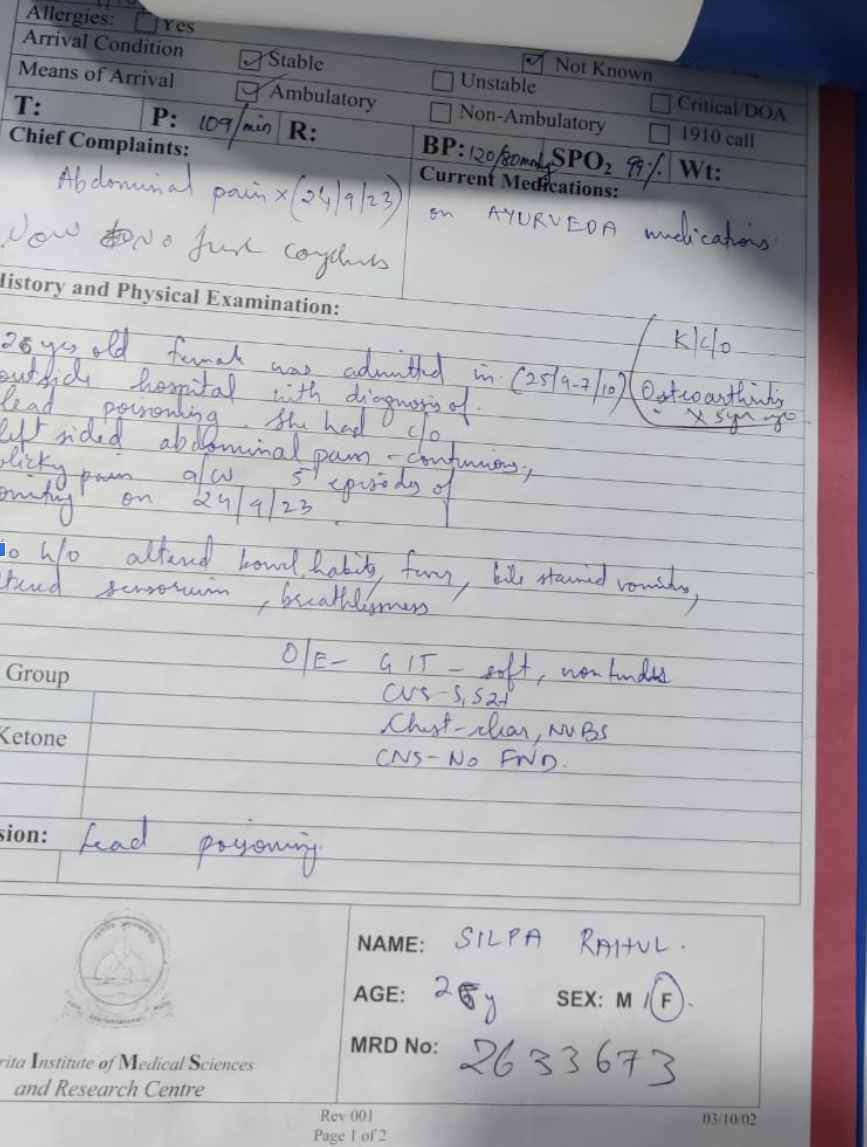
Prof. Fishman's lab focuses its research on biocatalysis, exploitation of enzymes and whole cell systems for the synthesis of drugs and nutraceuticals, directed evolution of enzymes, immobilized enzymes, and enzymes in organic solvents. We consulted her regarding ways to prove that we indeed manufactured decursin.

Reflection 6
Prof. Vidya Prabhakar and Prof. Veena Kumar Adi's research on biosurfactants for addressing oil spills is highly promising. We were excited to learn from their work and apply their feedback to our dry lab component of simulating the micelle formation around decane by biosurfactant.

Prof. Parimal Kar
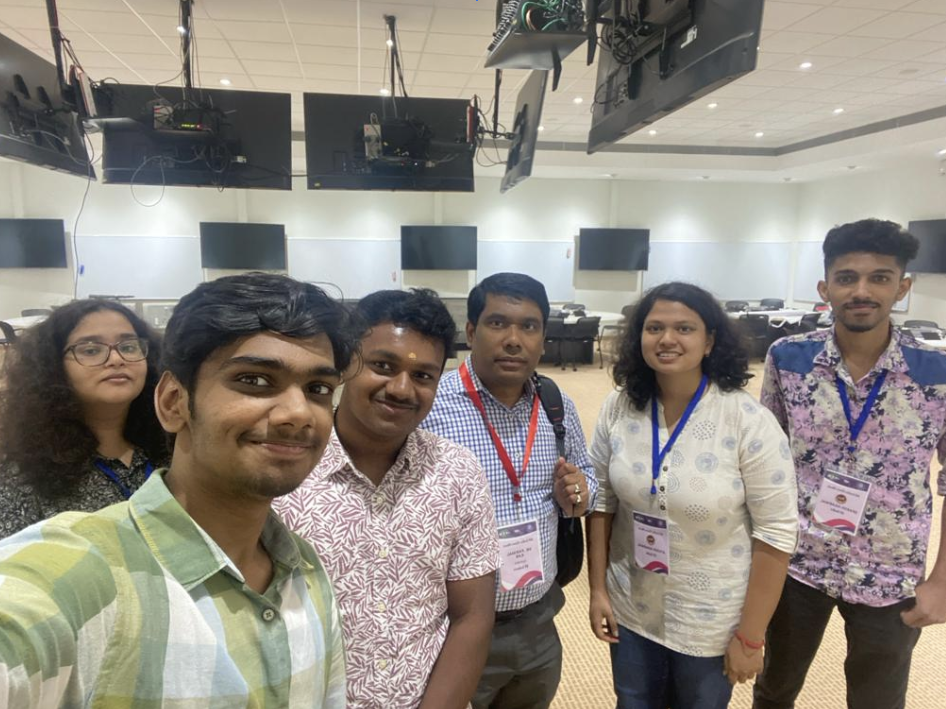
Prof. Parimal Kar is an expert in Molecular Dynamics Simulations using GROMACS at IIT Indore. We wanted to gain insights into the applicability of Dry Lab and incorporate it into our project. We also gained foresight on the many possible challenges we would face in our journey.

Reflection 9
Our discussion with Dr. V.V. Pillay underscored the gravity of heavy metal poisoning and the significance of early detection through blood tests. His insights highlighted the widespread impact in areas like Kerala, stressing the relevance of our proposed Lichenysin solution for water bodies. This conversation reinforced the importance of innovative approaches to tackle this serious issue and underscored the urgency of our project.
